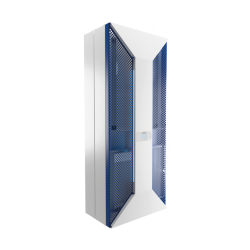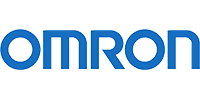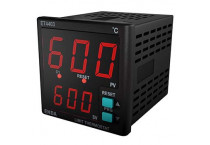В статье представлен путь от основ электроники к созданию более продвинутых устройств, показывая роль учебных наборов, электронных компонентов и силовых модулей. Объясняется, как наборы для самостоятельной сборки развивают практические навыки и как правильно подобранные источники питания, контроллеры и силовые элементы позволяют создавать как любительские проекты, так и решения, близкие к промышленной электронике.
СП ДАКПОЛ - Компоненты для силовой электроники, автоматики, электроники, электротехники. Более 140 ведущих мировых производителей.
Категория продуктов
Посмотреть все категорииПоследние посты
-
Промышленное светодиодное освещение vs традиционное – различия, преимущества и вызовы для современных производственных цеховRead more
В статье представлены основные различия между промышленным светодиодным освещением и традиционными источниками света, такими как натриевые или ртутные лампы. Рассматриваются ключевые параметры, влияющие на работу в производственных помещениях: энергоэффективность, срок службы, качество света, эксплуатационные затраты и экологические аспекты. Подчёркивается растущая роль светодиодных технологий в модернизации промышленных объектов, а также преимущества их применения и ситуации, когда традиционные лампы всё ещё могут использоваться. Статья показывает, почему светодиоды становятся стандартом на современных производственных предприятиях и складах.
-
Промышленная и энергетическая трансформация – как энергоэлектроника задаёт новую технологическую эруRead more
В этой статье показано, как энергоэлектроника стала ключевым двигателем современной энергетической и промышленной трансформации. Описывается её роль в интеграции возобновляемых источников энергии, хранении и преобразовании энергии, стабилизации сетей и автоматизации промышленных процессов. Текст раскрывает как текущие применения энергоэлектронных технологий, так и перспективы их развития, подчёркивая значимость для устойчивого развития, цифровизации инфраструктуры и внедрения Индустрии 4.0.




















































![Компоненты для опасных зон и взрывоопасных сред [Ex]](https://www.dacpol.eu/c/6823-catsmal_default/komponenty-dlya-opasnykh-zon-i-vzryvoopasnykh-sred-ex-.jpg)



